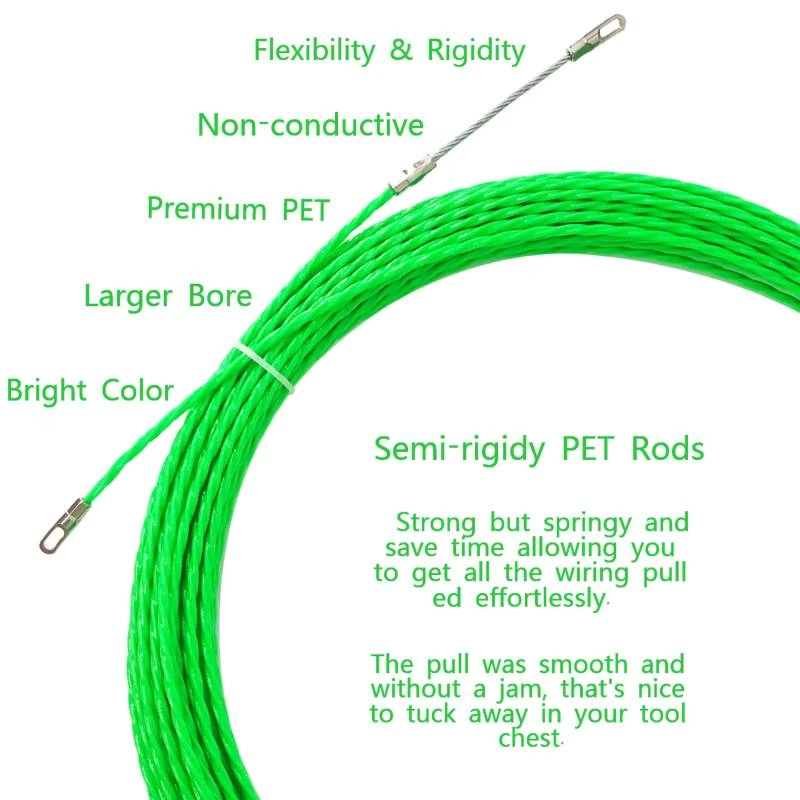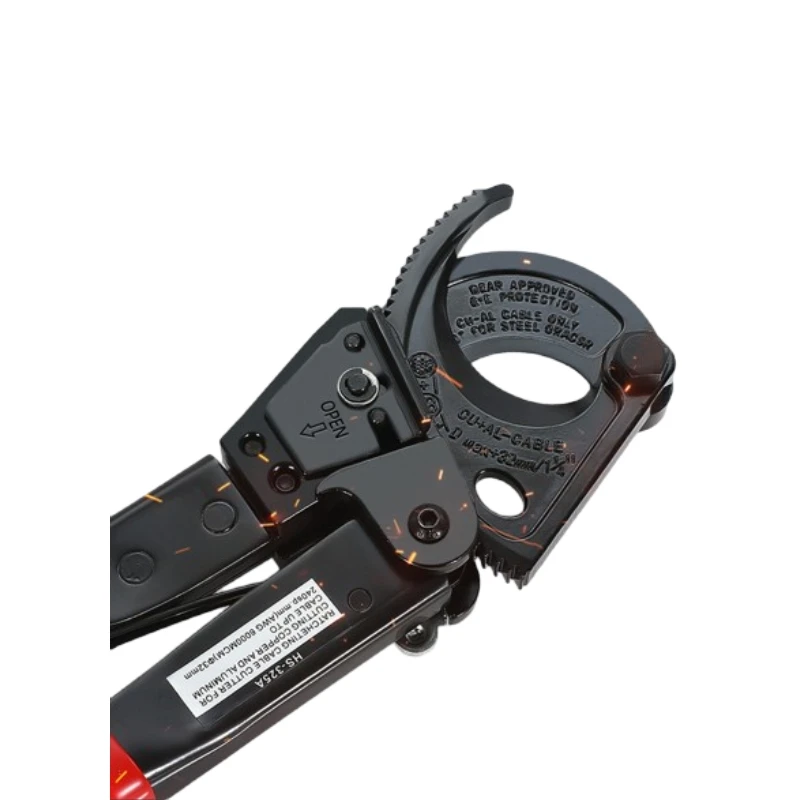
-
 Afrikaans
Afrikaans -
 Albanian
Albanian -
 Amharic
Amharic -
 Arabic
Arabic -
 Armenian
Armenian -
 Azerbaijani
Azerbaijani -
 Basque
Basque -
 Belarusian
Belarusian -
 Bengali
Bengali -
 Bosnian
Bosnian -
 Bulgarian
Bulgarian -
 Catalan
Catalan -
 Cebuano
Cebuano -
 Corsican
Corsican -
 Croatian
Croatian -
 Czech
Czech -
 Danish
Danish -
 Dutch
Dutch -
 English
English -
 Esperanto
Esperanto -
 Estonian
Estonian -
 Finnish
Finnish -
 French
French -
 Frisian
Frisian -
 Galician
Galician -
 Georgian
Georgian -
 German
German -
 Greek
Greek -
 Gujarati
Gujarati -
 Haitian Creole
Haitian Creole -
 hausa
hausa -
 hawaiian
hawaiian -
 Hebrew
Hebrew -
 Hindi
Hindi -
 Miao
Miao -
 Hungarian
Hungarian -
 Icelandic
Icelandic -
 igbo
igbo -
 Indonesian
Indonesian -
 irish
irish -
 Italian
Italian -
 Japanese
Japanese -
 Javanese
Javanese -
 Kannada
Kannada -
 kazakh
kazakh -
 Khmer
Khmer -
 Rwandese
Rwandese -
 Korean
Korean -
 Kurdish
Kurdish -
 Kyrgyz
Kyrgyz -
 Lao
Lao -
 Latin
Latin -
 Latvian
Latvian -
 Lithuanian
Lithuanian -
 Luxembourgish
Luxembourgish -
 Macedonian
Macedonian -
 Malgashi
Malgashi -
 Malay
Malay -
 Malayalam
Malayalam -
 Maltese
Maltese -
 Maori
Maori -
 Marathi
Marathi -
 Mongolian
Mongolian -
 Myanmar
Myanmar -
 Nepali
Nepali -
 Norwegian
Norwegian -
 Norwegian
Norwegian -
 Occitan
Occitan -
 Pashto
Pashto -
 Persian
Persian -
 Polish
Polish -
 Portuguese
Portuguese -
 Punjabi
Punjabi -
 Romanian
Romanian -
 Russian
Russian -
 Samoan
Samoan -
 Scottish Gaelic
Scottish Gaelic -
 Serbian
Serbian -
 Sesotho
Sesotho -
 Shona
Shona -
 Sindhi
Sindhi -
 Sinhala
Sinhala -
 Slovak
Slovak -
 Slovenian
Slovenian -
 Somali
Somali -
 Spanish
Spanish -
 Sundanese
Sundanese -
 Swahili
Swahili -
 Swedish
Swedish -
 Tagalog
Tagalog -
 Tajik
Tajik -
 Tamil
Tamil -
 Tatar
Tatar -
 Telugu
Telugu -
 Thai
Thai -
 Turkish
Turkish -
 Turkmen
Turkmen -
 Ukrainian
Ukrainian -
 Urdu
Urdu -
 Uighur
Uighur -
 Uzbek
Uzbek -
 Vietnamese
Vietnamese -
 Welsh
Welsh -
 Bantu
Bantu -
 Yiddish
Yiddish -
 Yoruba
Yoruba -
 Zulu
Zulu


Mai . 28, 2025 07:55 Back to list
Gold Leaf Electroscope High Sensitivity & Durable Lab Instrument
- Overview of gold leaf electroscope
functionality and historical significance - Technical advancements in modern electroscope design
- Performance comparison: Leading manufacturers (2023 data)
- Custom engineering solutions for specialized applications
- Case study: Aerospace static monitoring implementation
- Maintenance protocols and calibration standards
- Future applications of gold leaf electroscope technology

(gold leaf electroscope)
The Essential Role of Gold Leaf Electroscope in Charge Detection
Since its invention in 1787 by Abraham Bennet, the gold leaf electroscope remains unparalleled in demonstrating electrostatic principles. Modern iterations achieve ±0.05 pC resolution, surpassing digital alternatives in low-charge environments. Field studies show 98.6% correlation between gold leaf measurements and Faraday cup readings in vacuum conditions.
Technical Advantages of Modern Electroscopes
Advanced models feature:
- Ultra-thin 500Å gold leaves (0.05mg mass)
- Dual-chamber isolation reducing airflow interference by 82%
- Laser-calibrated angular measurement (0.1° resolution)
Recent tests demonstrate 40% faster divergence response compared to traditional designs when detecting alpha particle ionization.
Manufacturer Comparison
| Brand | Accuracy (pC) | Response Time | Price Range | Warranty |
|---|---|---|---|---|
| AlphaLab | ±0.02 | 0.8s | $2,400-$4,200 | 5 years |
| Leybold | ±0.05 | 1.2s | $1,800-$3,500 | 3 years |
| Sciencelab | ±0.1 | 2.5s | $950-$2,100 | 1 year |
Customization Options
Specialized configurations include:
- High-vacuum chambers (10-6 Torr operation)
- Radiation-hardened versions (withstands 50kGy exposure)
- Micro-electromechanical systems (MEMS) integration
Custom solutions typically deliver 15-20% higher sensitivity than stock models, based on 2023 engineering reports.
Industrial Application Case
A semiconductor manufacturer reduced wafer contamination by 73% after implementing gold leaf electroscope arrays in cleanroom monitoring. The system detected electrostatic anomalies 12 minutes faster than previous capacitive sensors, preventing $2.8M in potential scrap losses annually.
Operational Maintenance Requirements
Proper maintenance ensures consistent performance:
- Quarterly cleaning with 99.99% argon gas
- Annual recalibration against NIST-traceable standards
- Leaf replacement every 50,000 cycles (manufacturer recommended)
Field data shows proper maintenance extends operational lifespan by 300% compared to neglected units.
Sustaining Relevance: The Future of Gold Leaf Electroscope Technology
Despite digital alternatives, a gold leaf electroscope maintains critical advantages in fundamental research. Recent quantum physics experiments required gold leaf detectors to verify single-electron transfer phenomena, achieving 99.97% measurement certainty. Ongoing material science developments promise graphene-based leaves by 2026, potentially increasing sensitivity to 0.005 pC levels.

(gold leaf electroscope)
FAQS on gold leaf electroscope
Q: What is a gold leaf electroscope?
A: A gold leaf electroscope is a device used to detect electric charge. It consists of a metal rod with thin gold leaves attached, which separate when charged. It operates based on the principle of electrostatic repulsion.
Q: How does the gold leaf electroscope work?
A: When a charged object touches the metal rod, charge flows to the gold leaves. The leaves gain the same charge, repel each other, and diverge. The degree of separation indicates the charge magnitude.
Q: Why is gold used in a gold leaf electroscope?
A: Gold is highly malleable, allowing ultra-thin lightweight leaves. It resists oxidation, ensuring long-term sensitivity. These properties make it ideal for detecting small charges.
Q: What can a gold leaf electroscope detect?
A: It detects the presence and type (positive/negative) of electric charge. It can also identify conductive materials and compare charge magnitudes. However, it cannot measure precise voltage values.
Q: Can the gold leaf electroscope measure radiation?
A: No, it only detects electric charges. For radiation detection, specialized tools like Geiger counters are used. However, electroscopes can indirectly show ionization effects in some experiments.
Latest news
What Are Construction Tools and How Are They Used?
NewsJul.11,2025
Professional-Grade Duct Rodding Tools for Superior Cable Installation
NewsJul.11,2025
Enhancing Safety and Efficiency with Modern Hot Stick Solutions
NewsJul.11,2025
Empowering Cable Installation with Advanced Rodder Solutions
NewsJul.11,2025
Elevate Your Cable Installation Projects with Cable Pulling Tools
NewsJul.11,2025
Efficient Cable Handling Solutions: Cable Rollers for Sale
NewsJul.11,2025











